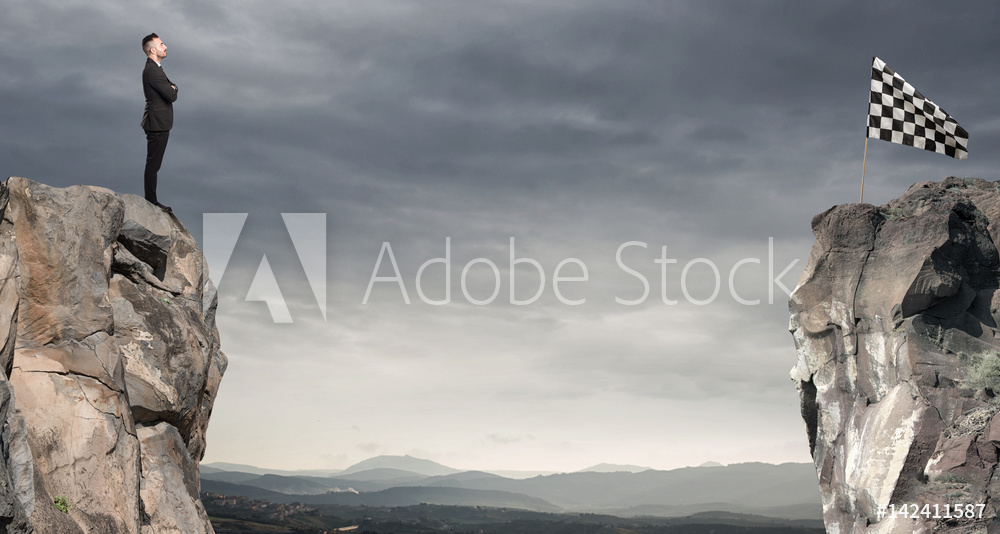As a designer I’ve spent many hours trawling through the seemingly never-ending pages of stock photographs looking for something that fits the brief. Unfortunately, many of the images on inexpensive stock sites like iStock or Adobe Stock are badly tagged, unrealistic, forced, and in many instances cringeworthy.



Bad photos will reduce the effectiveness of your marketing materials and can even damage your brand. Realistically, you can’t commission photographs for every project either. It’s not only costly, but also needs a considerable amount of time to organise. So stock photography still has its place, what’s the answer?
What can you do
For starters, never assume that everybody will share your idea of what makes the right photograph. One of the most important things you should do is create photography guidelines. Do you want people in all your pictures? Should they be indoors/outdoors a combination of both? Should it be lifestyle, business or consumer photography? If they are people focused how are people portrayed—happy, sad, busy, working? How would you prefer them to be lighted—bright, dark, natural? How should images be cropped? Should they all be on white backgrounds? Make sure you give examples of the style of photography you want to be used as your brand within these guidelines—remember the picture will probably show what you want far better than your description.
Although it is important to stipulate what photos should be, it is equally as important to say what they shouldn’t be. Provide clear but concise guidelines to avoid the pitfalls of stock photography such as cliché, out-of-date or over-posed photography.
What stock sites need to do
“Stock clutter” wastes valuable time. Many people end up using a bad image because they cannot dedicate any more time looking and so settle the best of a bad bunch.
Finding the right photo can be a very laborious and time-consuming process. It would be a lot easier if stock photography sites:
- Eradicated the ridiculous.
- Forced contributors to tag images more sparingly—and made it easier for buyers to report bad tagging.
- Separated photos, renders and illustrations.
I know that I for one would be much more likely to use a stock site that put into place the measures mentioned above. It would save me time and help me give clients the quality photographs that they want without burning lots of hours.
There’s a real discussion beginning to happen around realism and quality—the LeanIn and Getty partnership is a good example of this. We’re also starting to see new niche stock sites that are pushing for better quality photography—a good example of this is Startup Stock Photos. But generally, it’s still early days and a lot more needs to happen.
We need to consider where we put our money, step away from the big name sites that are causing the problems and support the sites that are striving to do things differently.
Further reading
You may also want to check out the following for further insight into the discussions surrounding stock photography.
- http://www.wired.com/2014/05/stock-photos/
- http://www.theatlantic.com/technology/archive/2014/02/inside-the-hive-mind-of-stock-photography/284060/
To find a further selection of potential new sources for stock photography visit http://www.socialmediatoday.com/content/say-goodbye-corny-stock-images-ultimate-resource
Posted by John on 18 December 2014